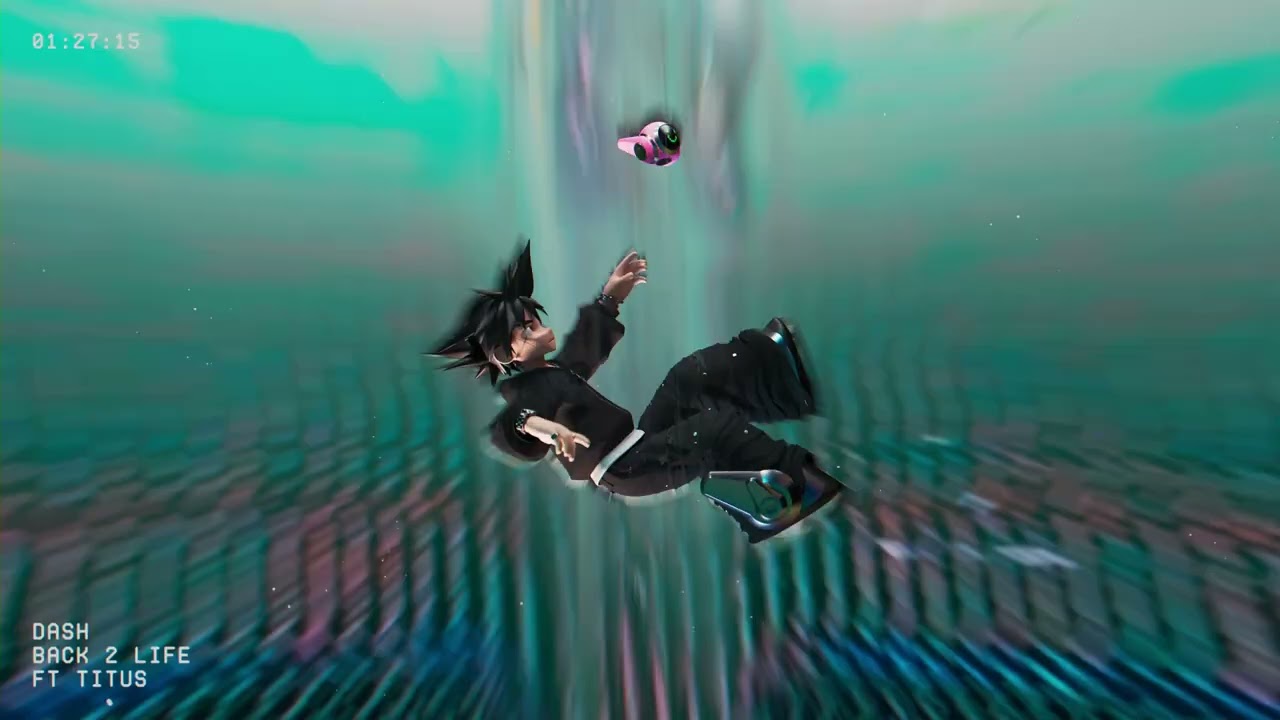While Avatar: The Last Airbender spanned the globe across its three seasons, visiting everything from lost civilizations to the world's largest cities, The Legend of Korra rarely ventured as far and wide. Although the sequel series contained countless examples of how the Avatar world changed and grew since healing from the Hundred Year War of the previous generation, one mysterious spot in the lore always left fans wanting to know more: what was the Fire Nation like in the Era of Korra?
Now, with the Avatar Legends core book, fans finally get their answer. Offering just as much insight into each of the Four Nations during Korra's time as it does her predecessors, the Fire Nation's growth since the Hundred Year War is no longer the grand mystery it was before.
Korra visited all Four Nations during the sequel series, but despite having more episodes than Avatar: The Last Airbender, far less time went to exploring each of them. The majority of the story took place in the United Republic of Nations, with separate seasons devoted to the civil unrest in the Southern Water Tribe or the machinations of the Earth Queen in Ba Sing Se, while Korra's time in the Fire Nation involves just a little pinhole of a look into what the society was like. Convalescing from her battle with a spirit under the watch of the Fire Sages, the series barely showed the Fire Nation at all and only gave brief glimpses of its new Fire Lord, Zuko's daughter Izumi.
Although the sequel comics to The Last Airbender showed how Zuko's time as the Fire Lord created an era of healing and reconstruction for the Fire Nation that attempted to undo the damage done over the course of the Hundred Year War, there was seldom a chance to really see just how much the society grew. However, with the Avatar Legends core book, there are several key points of interest for fans wondering exactly that.
In the Era of Korra, Fire Lord Izumi oversees the Fire Nation with an abundance of caution when it comes to military engagements, keenly aware of the history behind her and how such actions could cascade out of control. Instead, her involvement in world politics proves much more diplomatic as she seeks to establish embassies within the Fire Nation capital for the other nations, and she even reexamines the political structure that empowers her with the understanding that there may be a new system that can better serve the Fire Nation's people. In looking ahead to the future, the Fire Nation engages in an ongoing project to remove monuments to their aggressive military past, such as statues honoring past military leaders.
The ongoing process of healing also involves continued efforts toward reparations to the civilizations and history abroad that the Fire Nation harmed. That includes relief efforts and aid in construction projects, as well as culturally crucial recovery efforts that seek to return any surviving Air Nomad relics to the Air Nation. The Fire Nation even works in tandem with the Southern Water Tribe on showcasing and celebrating tribal history, doing its best to mitigate the devastation wrought generations earlier. They even seek to repair the damage done to the natural world itself, funding protection and preservation efforts to try to rediscover and assist any surviving dragons nearly driven to extinction since Fire Lord Sozin began the practice of hunting them down.
Toward that end, Zuko himself survives and works as a diplomat and emissary visiting the other nations. Even just the act of his stepping down from the throne proves a significant political change, marking a stark departure from the Fire Lord's previous tyrannical lifetime reigns.
Clearly, the Fire Nation underwent some fundamental changes in the time since the original series. Although the core book provides valuable insights into what the broad strokes of those changes are like, it may take a future series, novel or comic continuation to explore it in further detail.
About The Author

